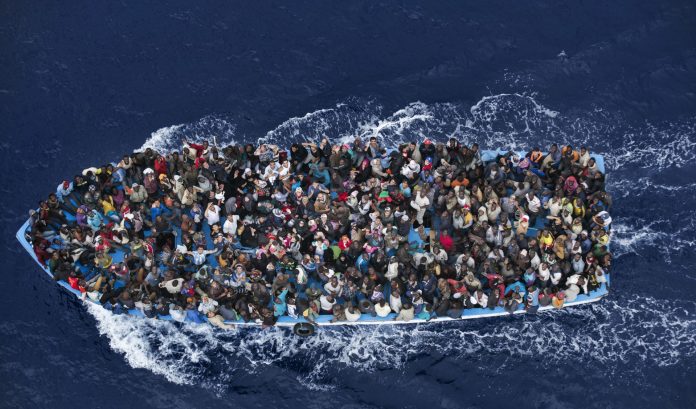Refugees
The definition of a refugee is someone who:
“owing to well-founded fear of being persecuted for reasons of race, religion, nationality, membership of a particular social group or political opinion, is outside the country of his nationality and is unable or, owing to such fear, is unwilling to avail himself of the protection of that country; or who, not having a nationality and being outside the country of his former habitual residence, is unable or, owing to such fear, is unwilling to return to it”
There were 89.3 million people forcibly displaced world-wide at the end of 2021. Among those were 27.1 million refugees, half under the age of 18 (21.3 million refugees under UNHCR‘s mandate, and 5.8 million Palestine refugees under UNRWA‘s mandate). There were also 53.2 million internally displaced people, 4.6 million asylum seekers, and 4.4 million Venezuelans displaced abroad. There are also millions of stateless people, who have been denied a nationality and access to basic rights such as education, healthcare, employment and freedom of movement.
There are diminishing prospects for refugees when it comes to hopes of any quick end to their plight. In the 1990s, on average 1.5 million refugees were able to return home each year. Over the past decade that number has fallen to around 385,000, meaning that growth in displacement is today far outstripping solutions.
UNHCR, the UN Refugee Agency
https://youtube.com/watch?v=2xepu2fQbUM%3Fenablejsapi%3D1%26origin%3Dhttps%253A%252F%252Fwww.un.org
People fleeing persecution and conflict have been granted asylum in foreign lands for thousands of years. The UN agency that helps refugees is UNHCR (also known as the UN Refugee Agency), which emerged in the wake of World War II to help Europeans displaced by that conflict.
UNHCR was established on December 14, 1950 by the UN General Assembly with a three-year mandate to complete its work and then disband. The following year, on July 28, the legal foundation of helping refugees and the basic statute guiding UNHCR’s work, the United Nations Convention relating to the Status of Refugees, was adopted. So instead of ending its work after three years, UNHCR has been working ever since to help refugees.
In the 1960s, the decolonization of Africa produced the first of that continent’s numerous refugee crises needing UNHCR intervention. Over the following two decades, UNHCR had to help with displacement crises in Asia and Latin America. By the end of the century there were fresh refugee problems in Africa and, turning full circle, new waves of refugees in Europe from the series of wars in the Balkans.
In a world where over 82 million people are forcibly displaced as a result of conflict or persecution, the work of UNHCR is more important than ever.
UNHCR in the field
The UN Refugee Agency has its Headquarters in Geneva, but about 89 per cent of staff are in the field. Today, a staff of more than 18,000 people in 132 countries provides protection and assistance to nearly 59 million refugees, returnees, internally displaced and stateless people. The largest portion of UNHCR staff are based in countries in Asia and Africa, the continents that both host and generate the most refugees and internally displaced people. Many are in isolated locations where staff work in difficult – and often dangerous – conditions. Among the biggest UNHCR operations are Afghanistan, Colombia, Democratic Republic of the Congo, Mali, Pakistan, Syria, Jordan, Lebanon, Turkey and Iraq.




